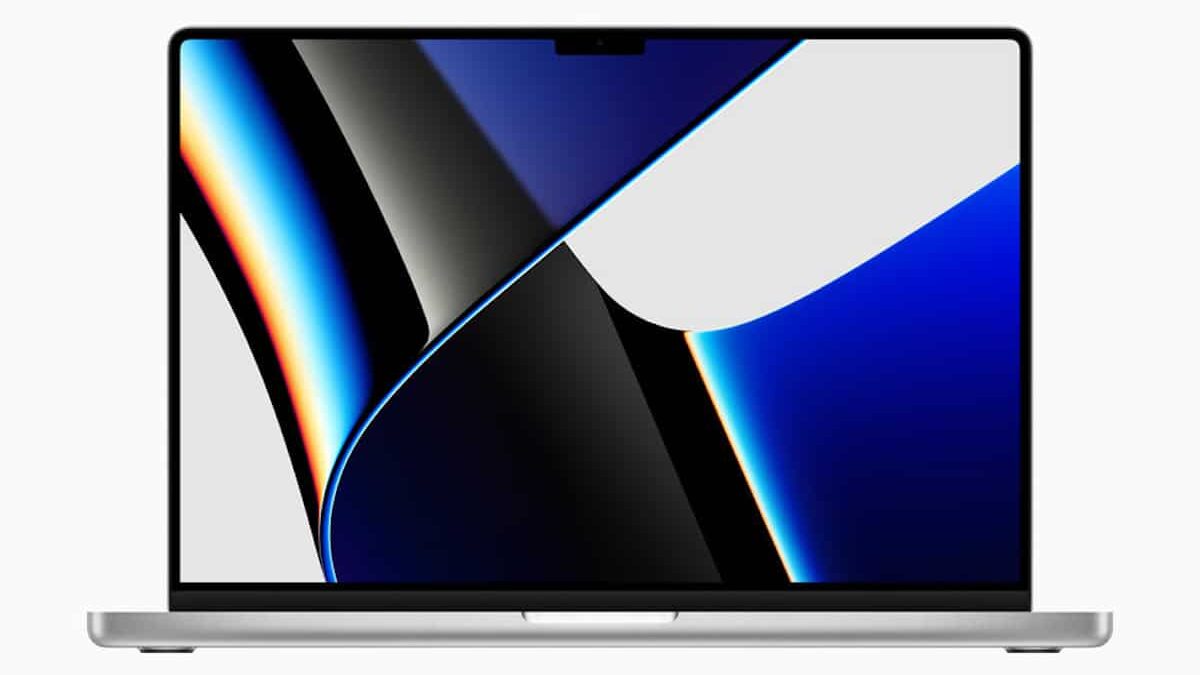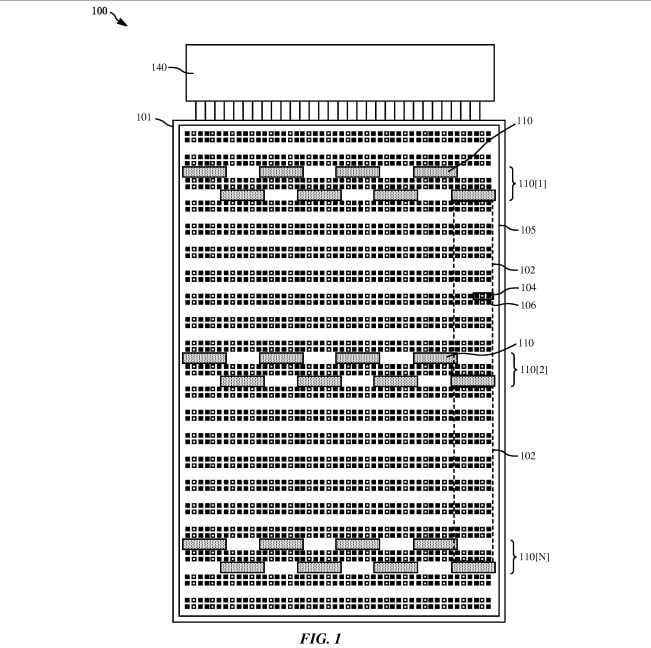Apple is researching a way to remove all bezels on the MacBook Pro which would mean no notch on future models. The idea is not to physically remove the bezels but make them appear like they are not there.

Apple researching technology to make a bezel-less MacBook Pro
Apple’s MacBooks have featured thick bezels for many years as was customary with other laptops. With the launch of the 2021 14-inch MacBook Pro and 16-inch MacBook Pro, the tech giant significantly reduced the bezels and added a notch at the top of the display.
While the display of the MacBook Pro is not as obstructed as it once was when it featured thick bezels, users find the addition of the notch distracting. A similar issue arose when Apple introduced the notch with the iPhone X.
However, that could change in the future. Recently, the U.S. Patent and Trademark Office granted patent 11,341,893, to Apple covering a “Hybrid architecture for zero border display.”
The patent details a system of packing rows and columns of pixels together so that they do not look like a border. However, to pull this off, the tech giant would need to rework the entire display and ensure the technology it is researching is capable of replacing the bezels on the current models.
Display panels are utilized in a wide range of electronic devices. Common types of display panels include active matrix display panels where each pixel element, e.g. light emitting diode (LED), may be individually driven to display a data frame, and passive matrix display panels where rows and columns of pixel elements may be driven in a data frame. Both active and passive matrices have been proposed for the fabrication of tiled displays, where display panel dimensions are larger than the limitations imposed on substrate and equipment size restrictions.

“Both active and passive matrices have been proposed for the fabrication of tiled displays,” it continues, “where display panel dimensions are larger than the limitations imposed on substrate and equipment size restrictions.”
Apple refers to the technique it is researching as a “tile-based” display.
In some embodiments the tile-based display panels may include an arrangement of pixel driver chips to drive local matrices of pixels in a local passive matrix (LPM). Compared to direct drive approach, where every pin of the pixel driver is connected to one LED, the LPM arrangements in accordance with embodiments may significantly reduce the silicon area associated with the pixel drivers, and the panel peak panel current.
It is possible that the display could use a local passive matrix approach as a passive matrix approach for areas that are currently bezels. It is important to note that it is unlikely that the passive matrix section could offer the same stellar quality as the main display but it likely wouldn’t be noticeable when used for the top bar of the display, dock, etc.
As with other patents Apple files, it is important to note that the company files many applications on a weekly basis, so we do not know for sure if this technology will be implemented in a future Apple device. In the meantime, learn how to scale apps to fit below notch on MacBook Pro 14-inch and 16-inch models here.
Read more: